Beetles (Coleoptera)
Checkered Beetles
CleridaeThese beetles can be found worldwide and are common in North America. Adults often prey on other insects (especially bark beetles), but can also be scavengers, or feed on flower pollen. They are thought to play an important role in the population control of invertebrates that depend on rotting wood. Some species are mimics of other insects, and may resemble ants, wasps, or other beetles.
Representative Genera and Species:
Hydrobaenus, Trichodes nutalli
Pollinator Life Cycle:
Development from egg to adult can takes from five weeks to more than three years. Several generations are usually produced annually. Females often lay eggs between pieces of bark or under stones in the soil. Pupation occurs within a cocoon, in an earthen cell, or without cocoon or a cell at all. Over-wintering happens in larval, pupal, pre-pupal, and adult stages depending on the species.
Rarity Status:
The status of Canadian species has not yet been assessed, and none are legally protected.
Physical Appearance:
Their bodies are usually long (2-24 mm), narrow, and covered with bristly hairs. Colouration is often bright (red, orange, yellow, blue) with various designs, including a characteristic checkered pattern. The pronotum is typically narrower than both the head and elytra. Antennae are variable, have 11 segments, and are useful for species identification.
Pollinator Habitat:
Adults can be found in various habitats, including surfaces of fallen limbs and trees, herbaceous vegetation, in leaf litter, and under bark. Others may live on bones, dead skin, and carrion or dried out carcasses of fish and other animals.
Canadian Distribution:
- Alberta
- British Columbia
- Manitoba
- New Brunswick
- Newfoundland/Labrador
- Northwest Territories
- Nova Scotia
- Ontario
- Prince Edward Island
- Quebec
- Saskatchewan
- Yukon
Prairie Types:
- Fescue Prairie
- Mixed Grass Prairie
- Tall Grass Prairie






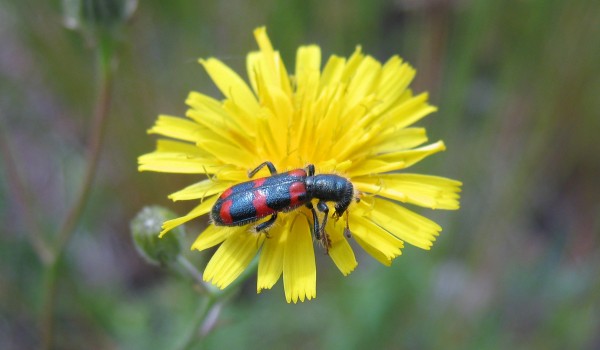
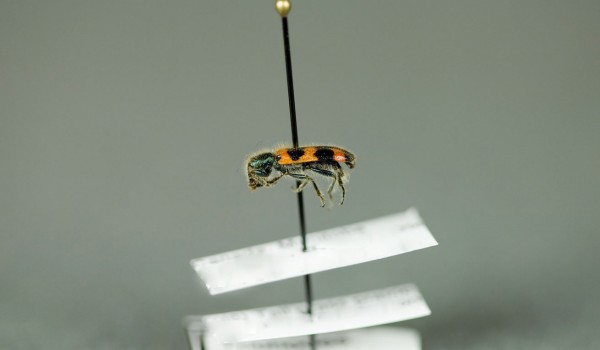
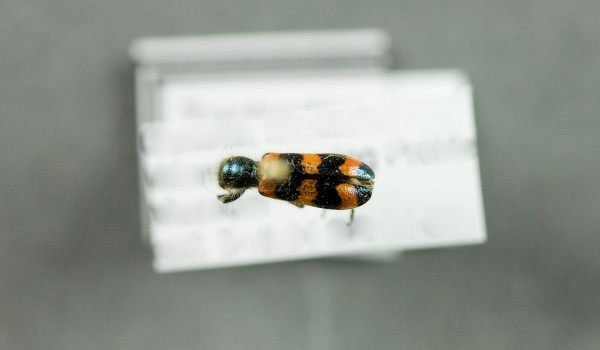
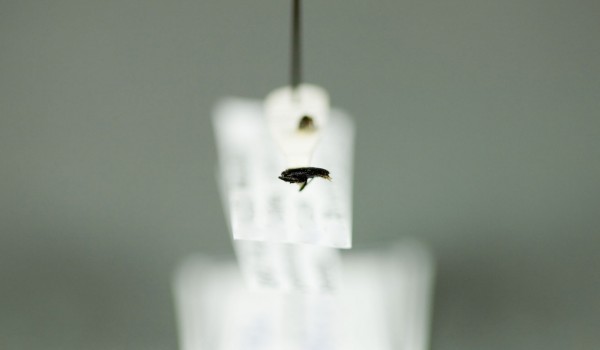

 Black-eyed Susan
Black-eyed Susan 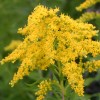 Canada Goldenrod
Canada Goldenrod 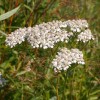 Common Yarrow
Common Yarrow 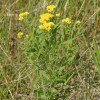 Flat-top Goldenrod
Flat-top Goldenrod 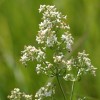 Northern Bedstraw
Northern Bedstraw 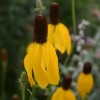 Prairie Coneflower
Prairie Coneflower 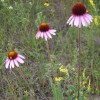 Purple Coneflower
Purple Coneflower 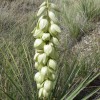 Soapweed
Soapweed